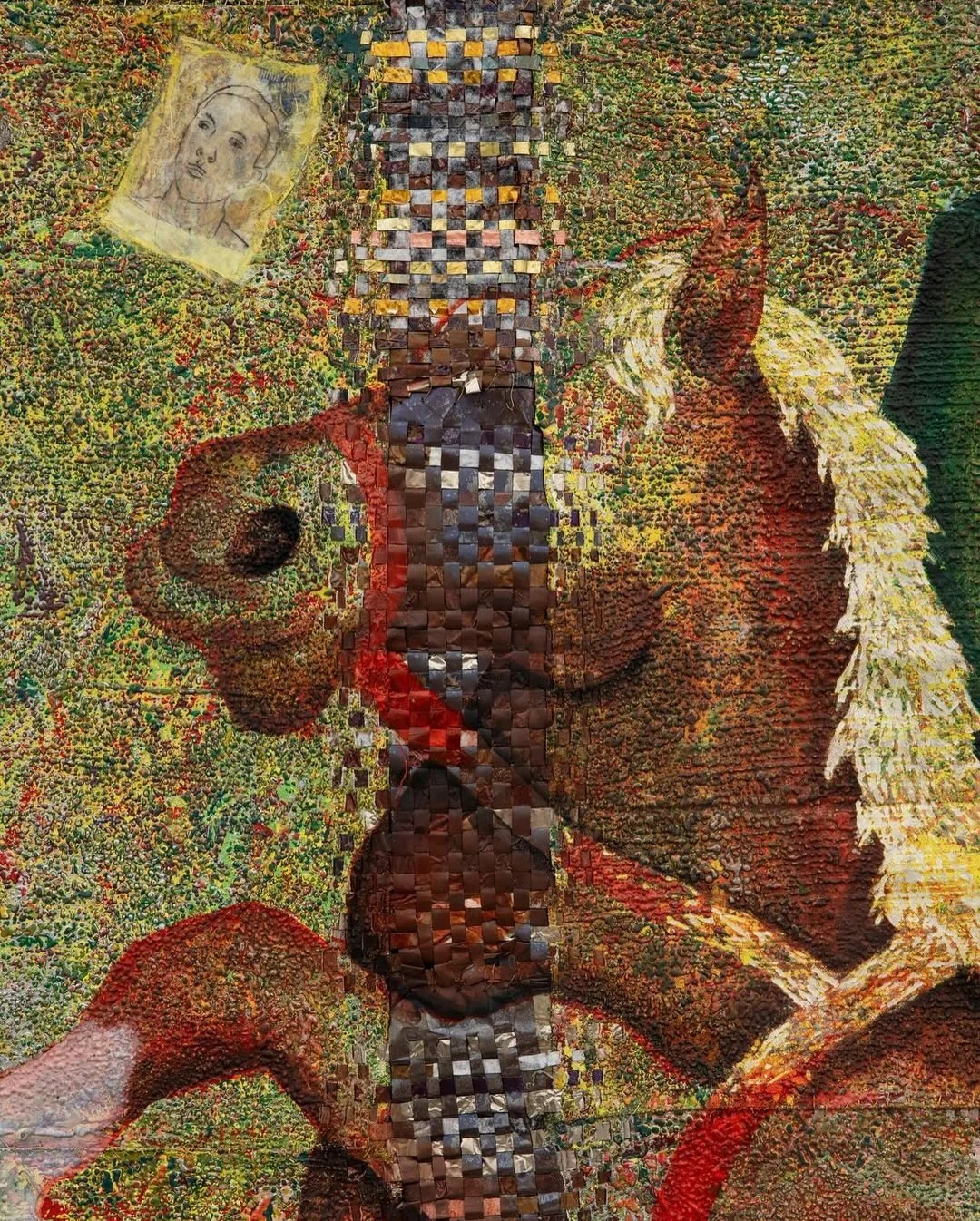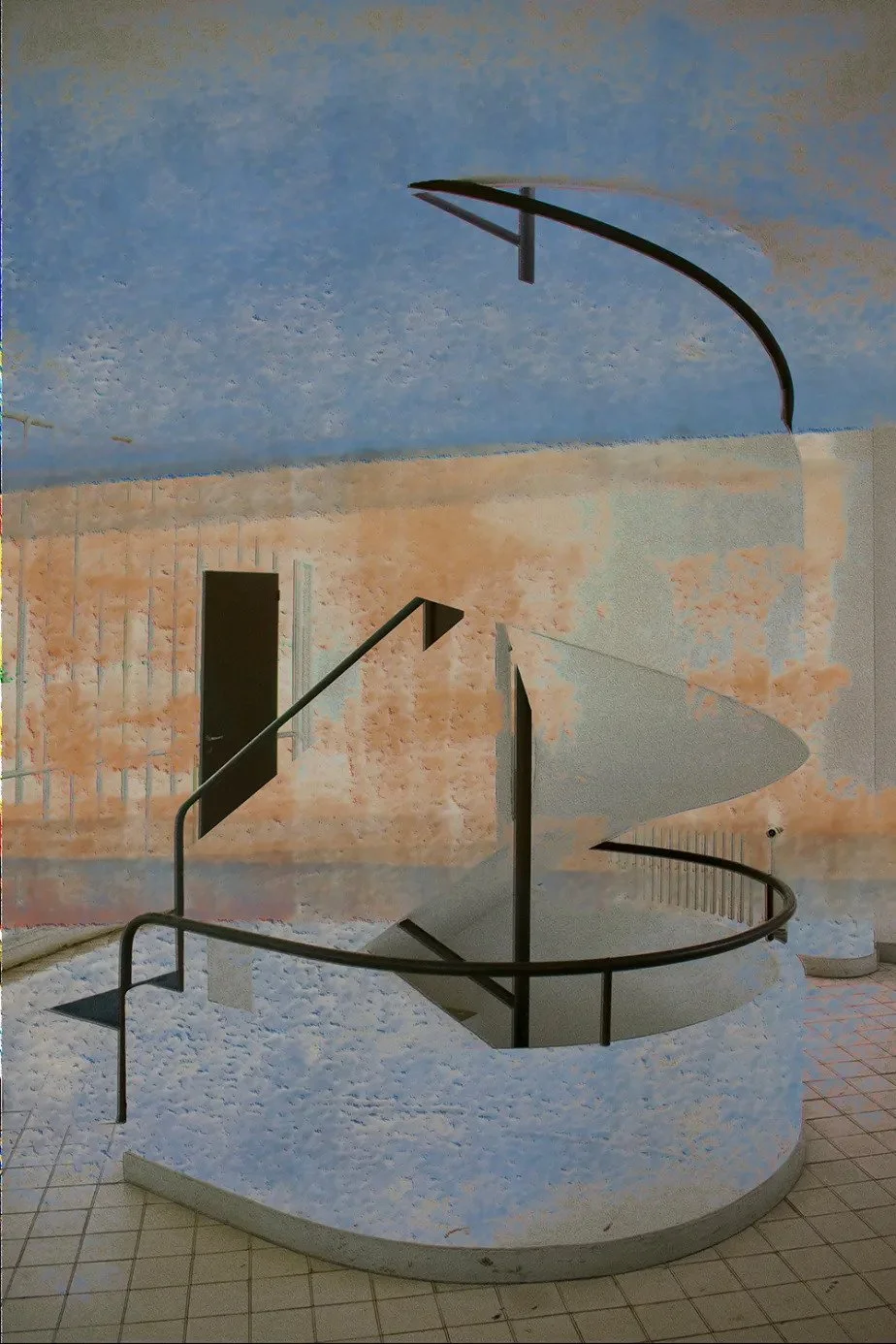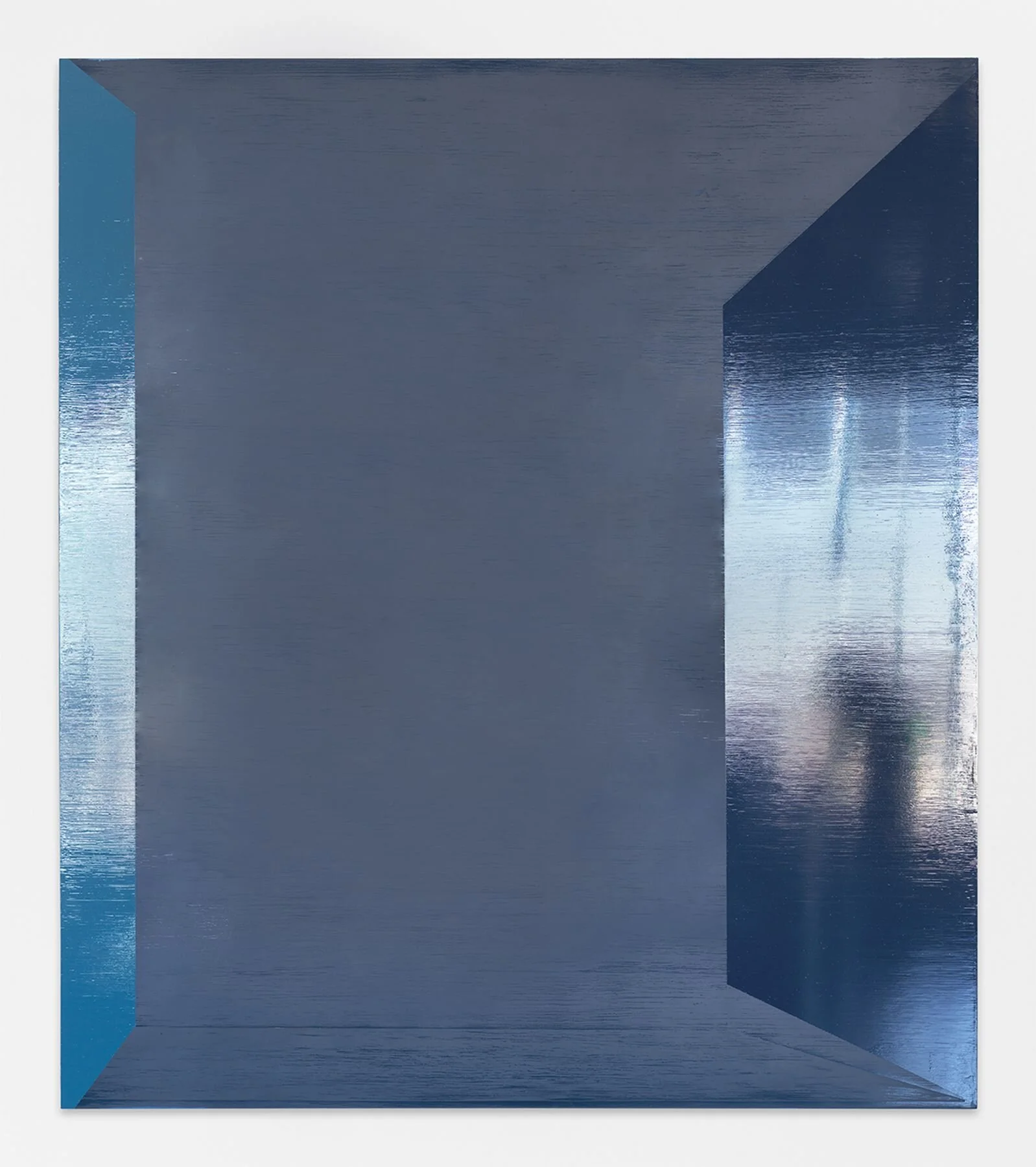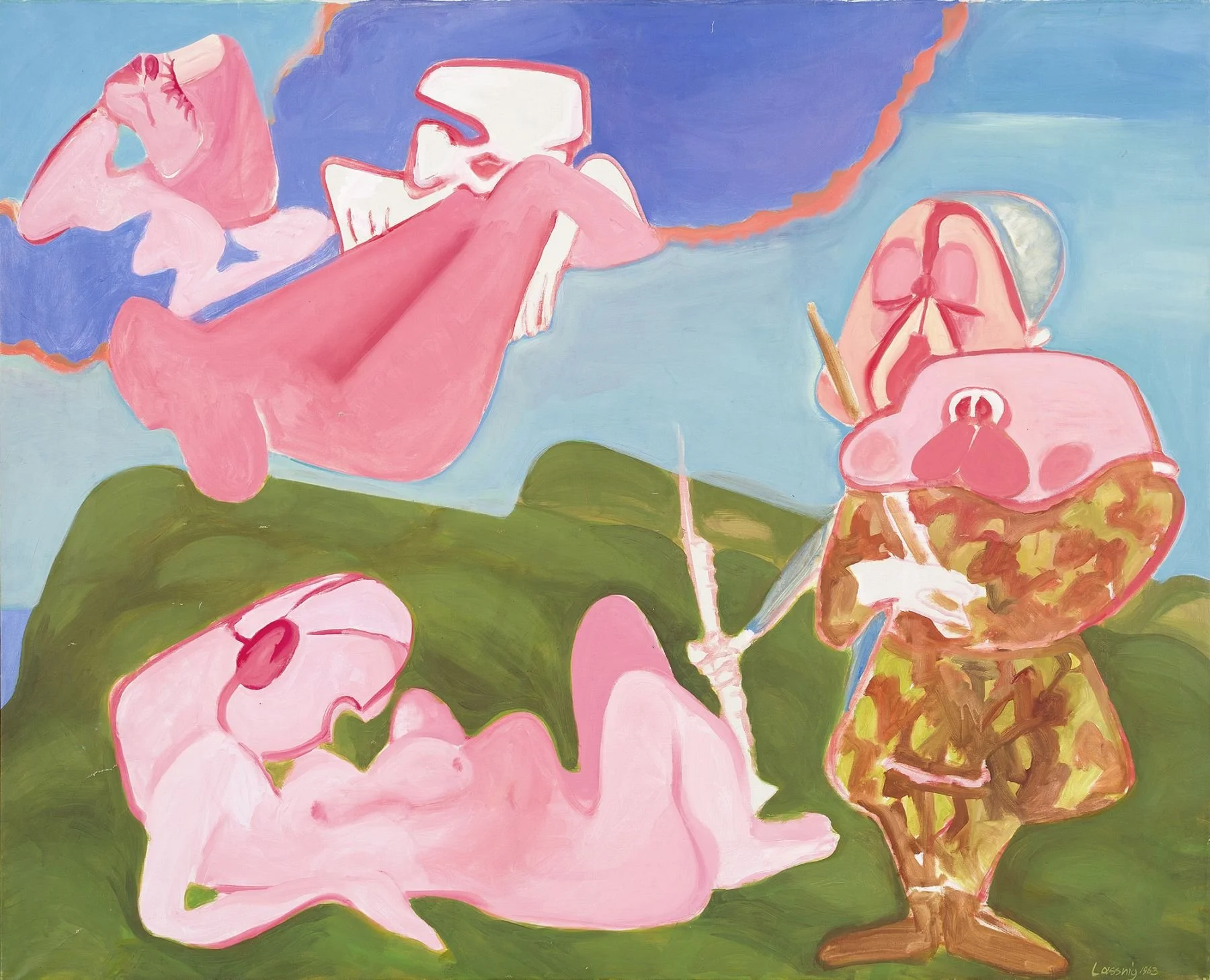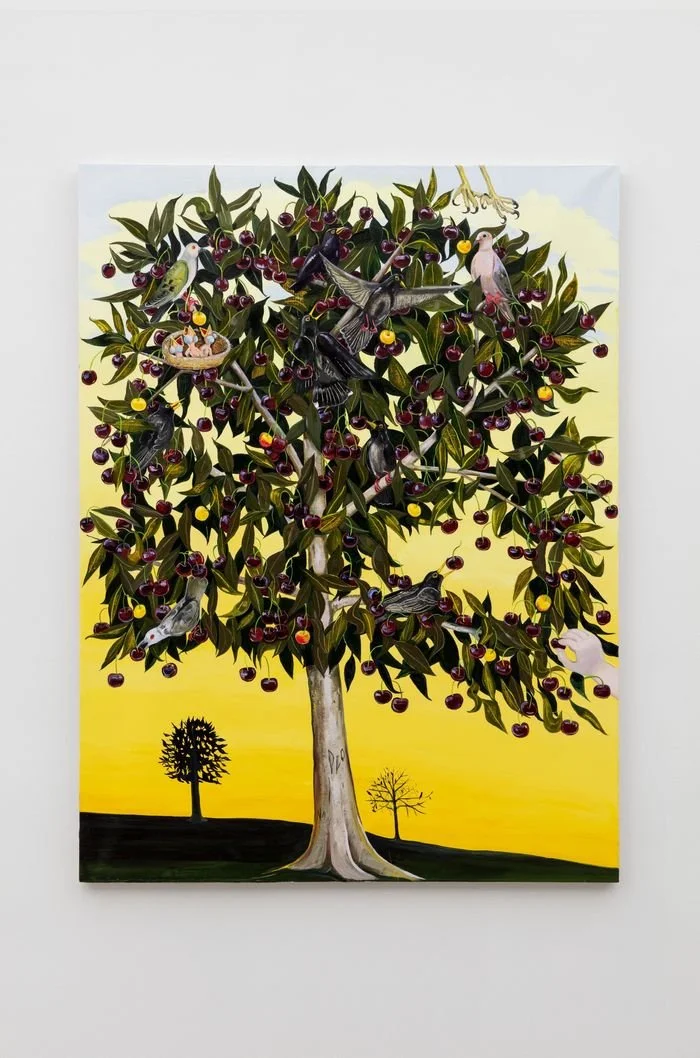Kathia St. Hilaire
“Mounting Spirits, Resisting Empire”
New York, 130 Orchard Street
There is a particular form of sensory consciousness present in Kathia St. Hilaire’s work that demands focused attention because she embeds it with personal, historical, and sociopolitical experience. Her marvelous content offers an artistic language and world-making process that is complicated and richly imbued with visions that not only express a wide range of human emotions but are essentially and autonomously framed by her conceptual representations of the world of her ancestors, primarily those deriving from Haiti. Her artistic evolution is marked by a distinctive fusion of cultural influences and a profound exploration of identity, humanism, and social justice.
One cannot appreciate St. Hilaire's work solely for its beauty, as beauty conveys only a particular aesthetic. Aesthetic qualities don't necessarily unveil truths, and truth, in turn, exposes events that cannot remain hidden. St. Hilaire's art actively challenges historical concealment, exemplified in the Caco series, which depict three prominent Haitian leaders of the Caco movement (Batraville, Péralte, Bobo) who led the peasant-based resistance against the violent U.S. occupation of Haiti (1915-1934) and were eventually killed by the United States Marines. To this day, Charlemagne Péralte remains synonymous to anti-U.S. imperialism. St. Hilaire's practice echoes German philosopher Martin Heidegger's (1889-1976) concept of art: barring aesthetics, the veritable essence of art lies in its capacity to express and expose truths.
Through multiple canvases and panels, St. Hilaire not only reveals historical events but also incorporates her aesthetic signature, providing us with the opportunity to explore her world-making processes in a fundamentally different and insightful manner, through her use of color, materiality, and history. St. Hilaire's remarkable paintings are a testament to her skillful use of color and texture. Her canvases feature vibrant colors, bank notes, skinlightening creams, and intricate patterns that draw the viewer into a world of sensory depth. Her color palette seems carefully chosen to evoke emotion and arouse the senses toward an elevated consciousness. Bold, rich hues intermingle with soft, subtle tones, creating a visual experience that is both dynamic and harmonious. There is no timidity nor coquetry in her work. This careful selection of colors not only enhances the aesthetic appeal of her art, but also conveys the depth and complexity of the ideas she explores. St. Hilaire's mastery of texture is another defining feature of her work. She employs various techniques, including impasto and layering to create depth and tactile qualities in her pieces. The interplay of texture and color in St. Hilaire’s practice mirrors the multifaceted nature of volatile human experiences that she seeks to capture and re-configure.

